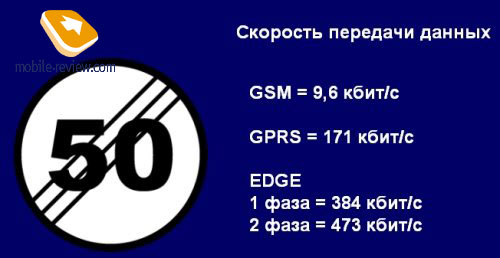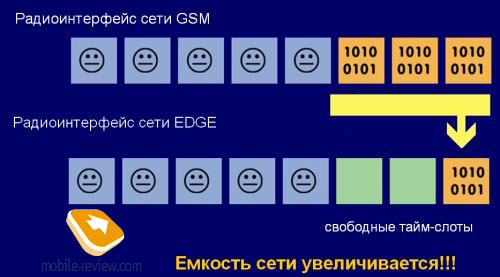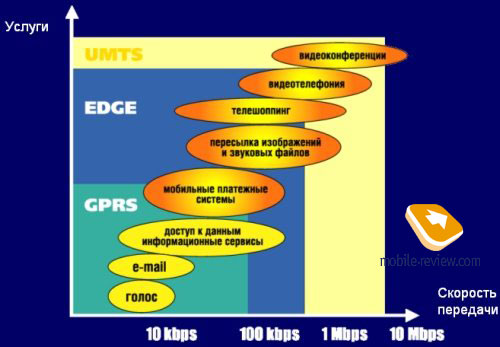
The contract will be the renovation of the base station equipment of MTS in macro-region "Moscow" and the introduction of EDGE technology throughout the coverage area of macro-region that will provide data services to twice the number of subscribers and increase the speed of transmission of voice data. Currently, the network of MTS EDGE technology available in the territory of Moscow, Samara, Orel, Lipetsk, Voronezh, Kursk, Belgorod and Bryansk regions.


Below - some (unfortunately small) amount of additional information that we obtained. Lightly touches characteristic of the future quality of communication as "very, very good, clearly traced the desire to reserve the epithet" just perfect "for the future. Although in reality nothing abnormal or shameful in the time of local failure and overload is not: the number of subscribers and traffic grows, network resources have to constantly increase. As correctly pointed out recently CEO of Sistema Telecom Sergei Twitter: "In some areas <Moscow and the region> Our network is overloaded, as the networks of other operators."
Comment: MTS, especially for the Mobile-Review:
In the course of the project with Motorola radio MTS in the Moscow region will switch to a new level (what is called 2,5 G), because will be 100% prepared to service not only voice and SMS-traffic, but also packet traffic on protocols GPRS (all four coding schemes) and EDGE. Replacing outdated bulky equipment in the future will allow placement of equipment for the 3G network on existing sites. Will improve the connection parameters (connection) network with the level of "very good" at the level of "very, very good."
Replacing obsolete equipment and radio networks packet switching in order to ready for service EDGE packet traffic on the network in the Moscow region.
The choice of Motorola as a partner in the project was the most appropriate solution, because network in the Moscow region has been constructed on the equipment of Motorola, and, therefore, replacement of equipment under this project will affect only a portion of the network. In case of choosing another provider would have to change the whole network, which would lead to additional costs and risks. In addition, Motorola - a good and longtime partner of MTS. Today in the macro-region "Moscow" about 3000 base stations.
Short Help
EDGE - uses packet data technology in mobile networks, which theoretically can support data transfer at 384 kbps. It can be implemented on existing networks-band GSM 800, 900, 1800 and 1900 MHz, and complementary technologies UMTS (WCDMA). EDGE uses the same structure as the frame TDMA (Time Division Multiple Access), a logical channel and carrier frequency of 200 kHz, as today's network GSM. The first commercial EDGE system was launched U.S. operator Cingular Wireless on Ericsson equipment, and provides an average data transfer rate 75-135 kbps (7-13 KB / s). Sufficiently detailed description of the technology features EDGE (in English) can be found in the document prepared by the company Ericsson (pdf-file 150 kb).